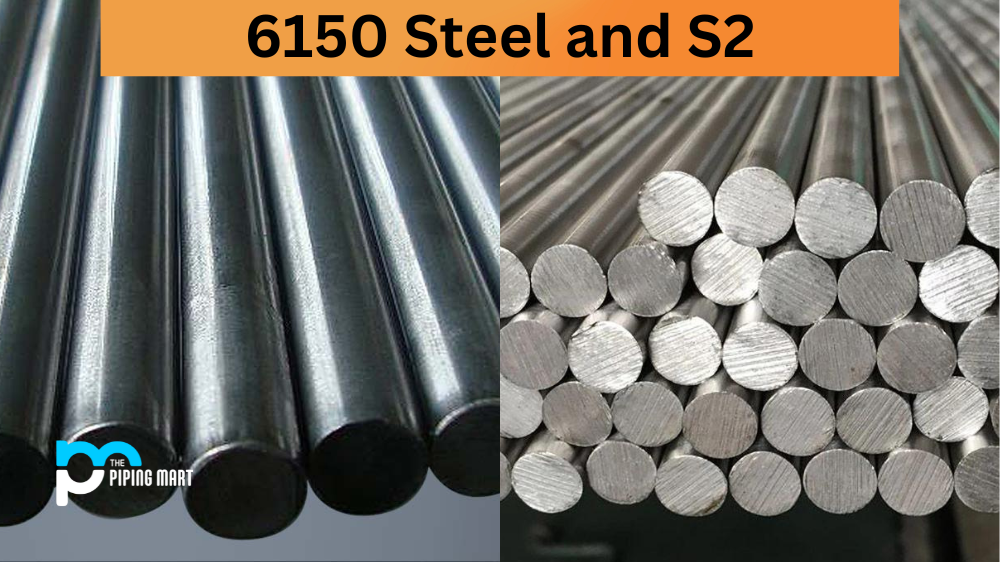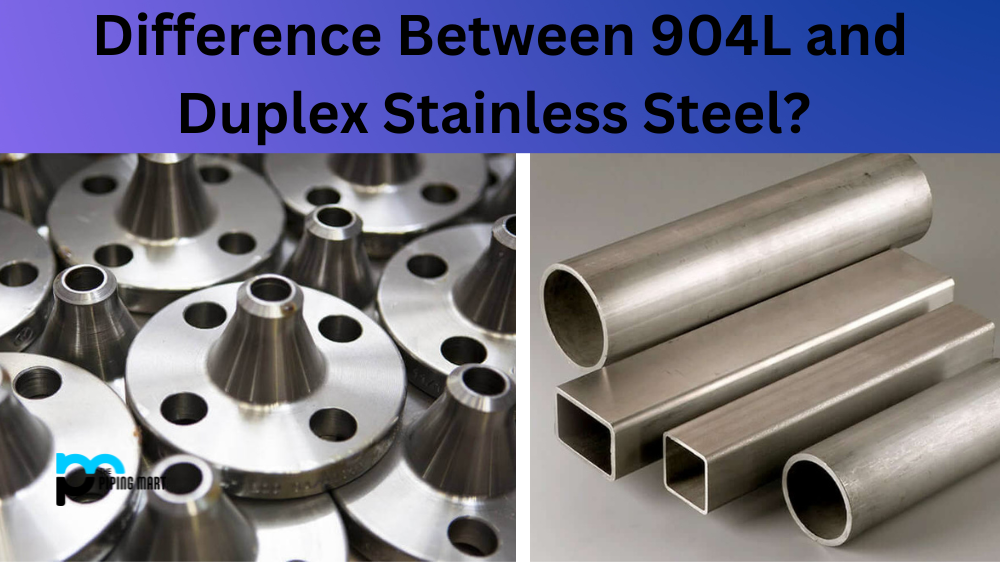When considering different types of stainless steel for a project, it’s important to know the difference between austenitic and martensitic stainless steel. 316 stainless steel is an alloy of iron, carbon, nickel, and chromium, making it an austenitic stainless steel with excellent corrosion resistance. To understand why this is so, let’s explore the differences between austenitic and martensitic stainless steel.
Austenitization
Austenitization occurs when heat is applied to a metal alloy in order to form a single-phase solid solution. This process creates an austenitic structure in which all atoms are arranged in a face-centred cubic lattice (FCC). In addition to 316 stainless steel, other examples of austenitic materials include 304 and 321 stainless steel. Austenitic materials are known for their excellent corrosion resistance due to their high chromium content.
Martensitization –
While austenitization involves heating up metal alloys, mart sensitization involves cooling them down rapidly. This process causes the atoms in the alloy to rearrange themselves into a body-centred cubic lattice (BCC). Common examples of martensitic materials include 410 and 420 stainless steels. Martensite has less chromium than austenitic materials, which makes it more susceptible to corrosion but also gives it greater hardness and strength than its counterparts.
Conclusion:
316 stainless steel is an example of an austenitic material thanks to its high chromium content that provides superior corrosion resistance over other grades of steel. It’s important to understand the differences between these two types of metals before selecting one for your next project or application—austenitic or martensitic—in order to ensure you get the best performance from your material choice. Knowing whether 316 stainless steel is austenitic or martensitic can help you make an informed decision about which type of metal will work best for your specific needs.

Pipingmart is a B2B portal that specializes in metal, industrial and piping items. Additionally, we share the latest information and information about materials, products and various types of grades to assist businesses that are involved in this business.



